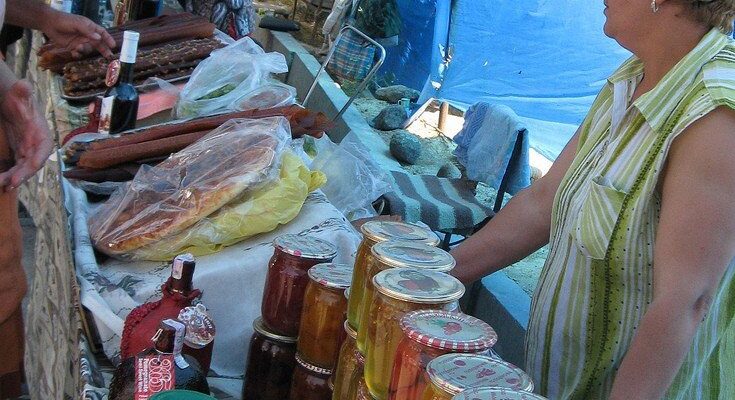Geghard Monastery (Armenian: Գեղարդ)
Geghard is a monastery complex, a unique architectural structure in Kotayk region, Armenia. It is located in the gorge of the mountainous Gokht River, the right component of the Azat River, about 40 km southeast of Yerevan. Geghard Monastery is listed by UNESCO as a World Cultural Heritage Site.
.Some of the temples of the monastery complex are completely hollowed out inside the cliffs, while others are complex structures consisting of both walled rooms and rooms hollowed out deep inside the cliff. Within the monastery complex, there are numerous stone carved and freestanding khachkars – traditional Armenian stone memorial steles with crosses.
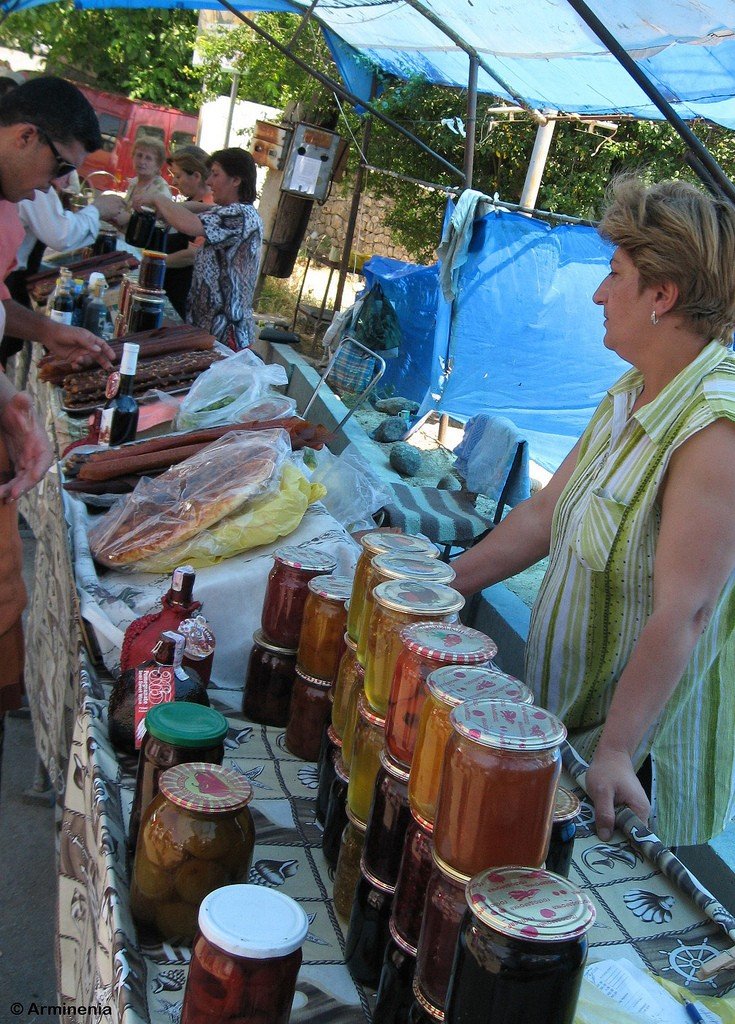
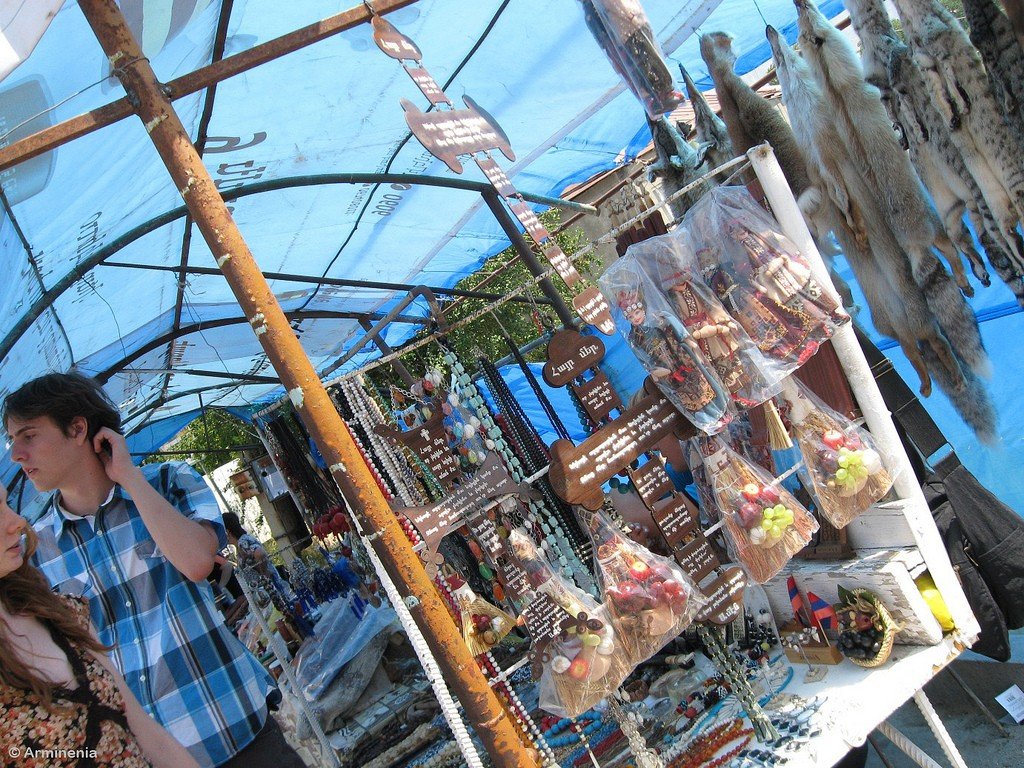
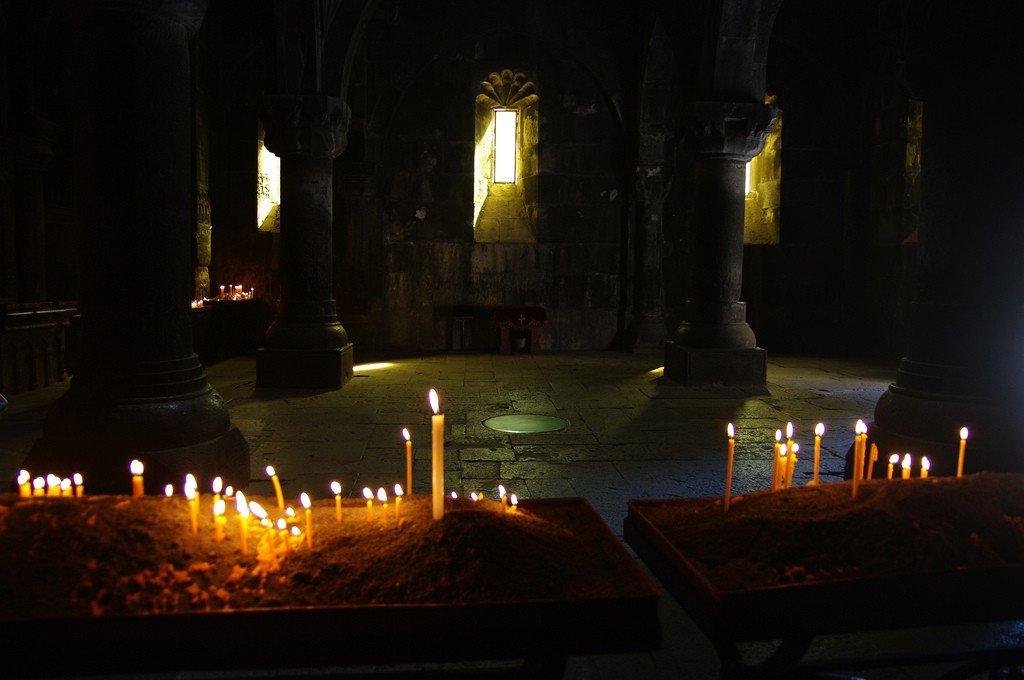
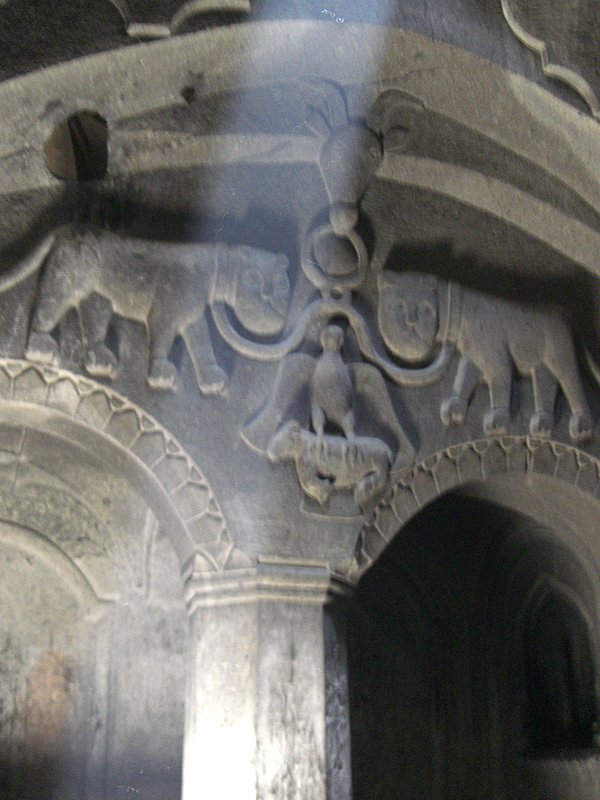
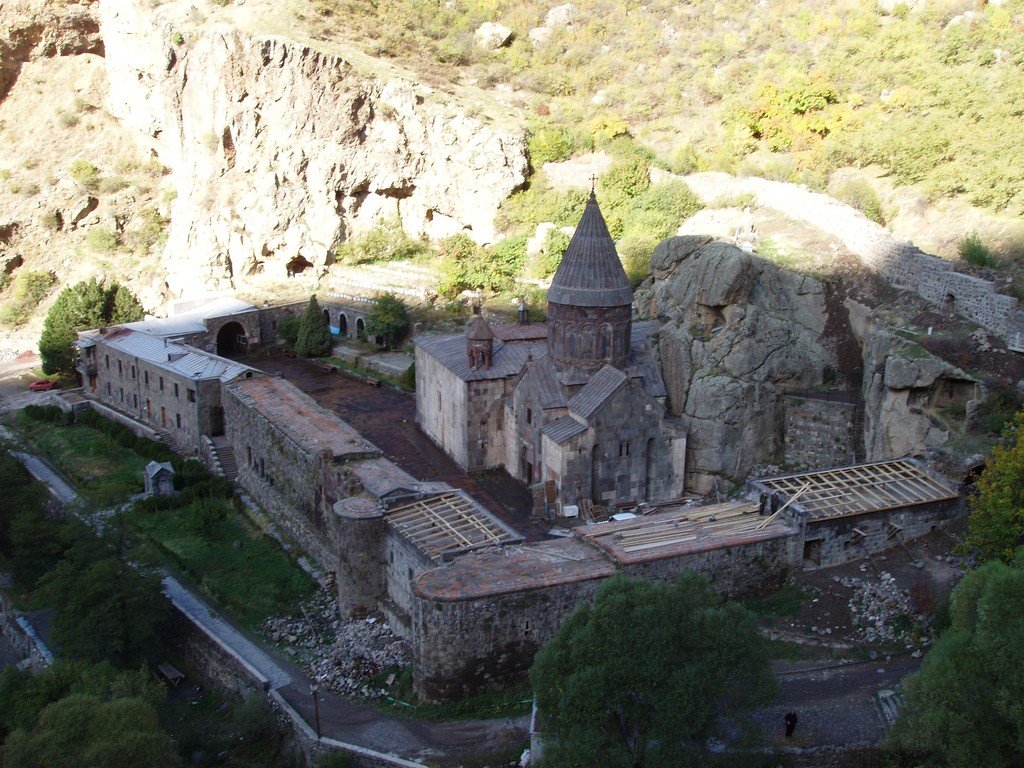
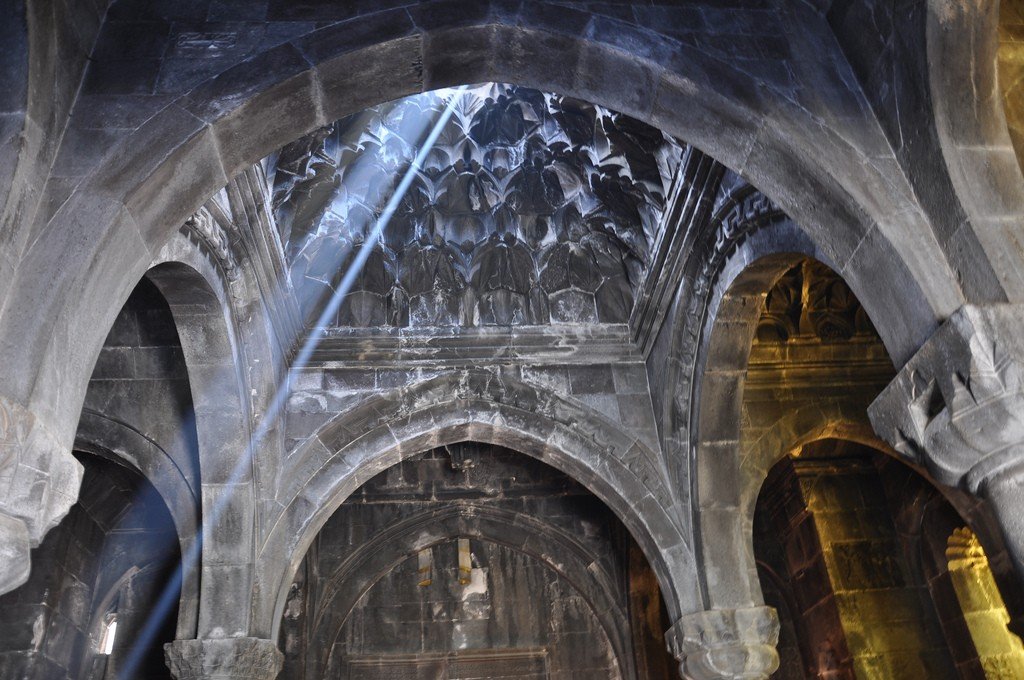
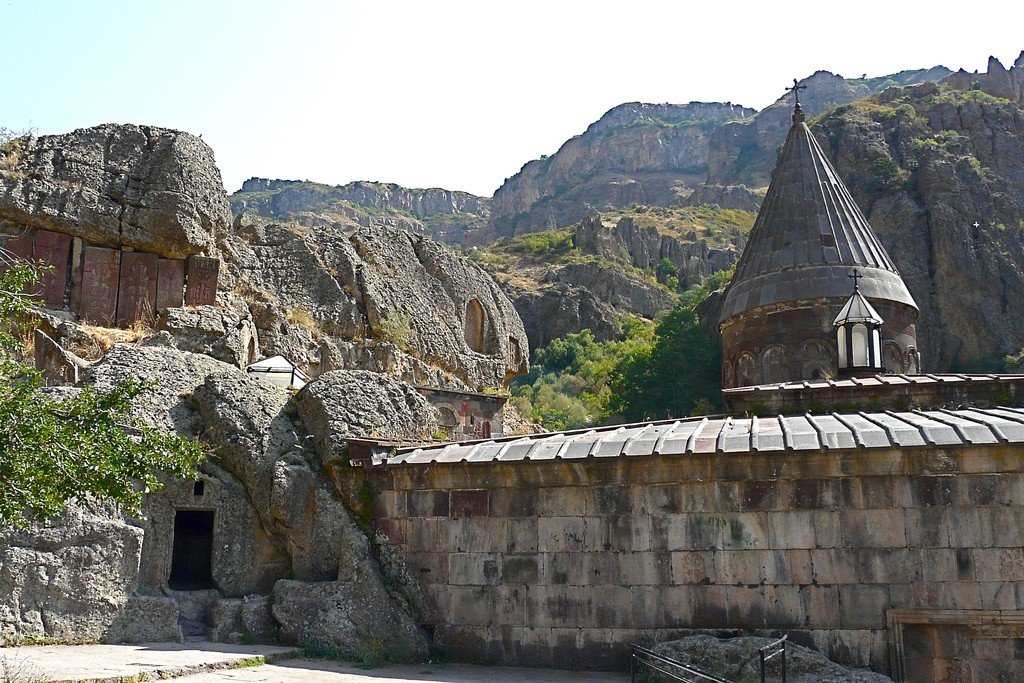
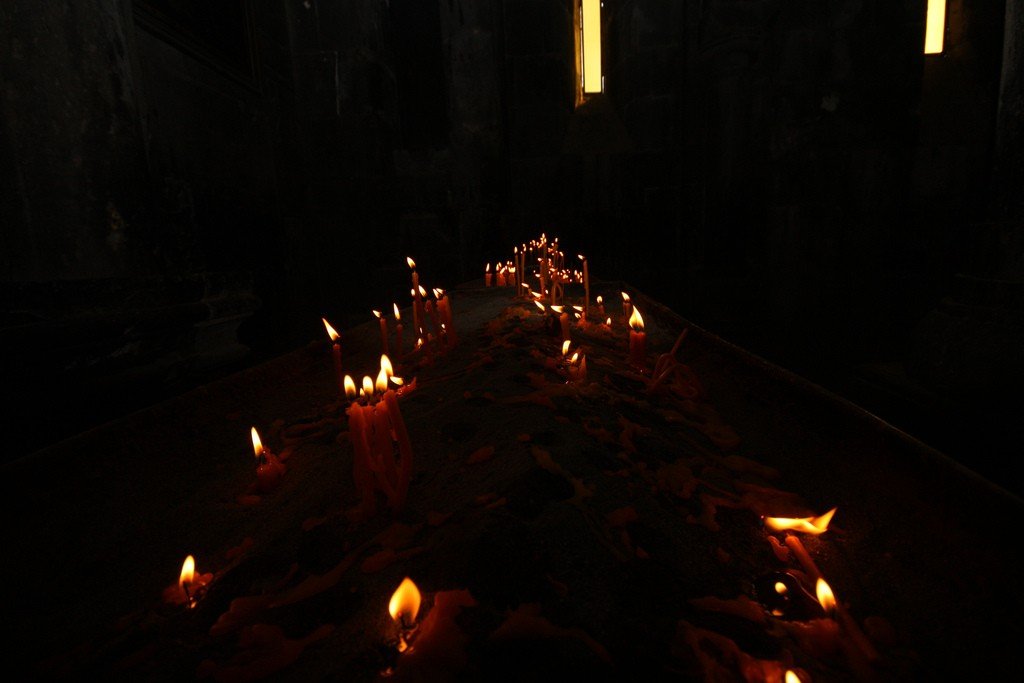
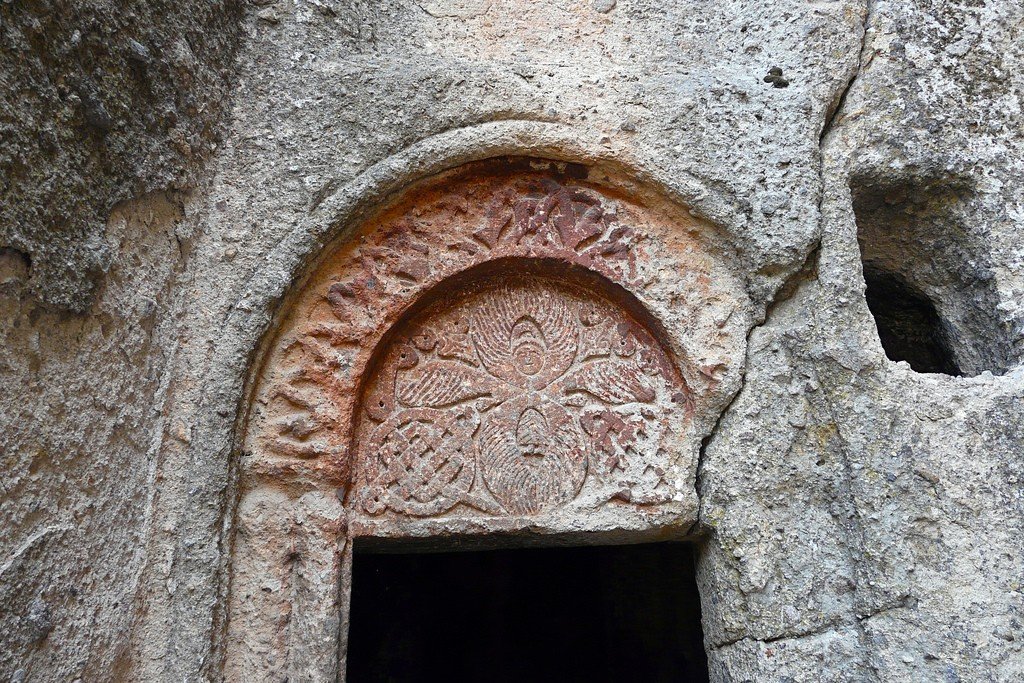
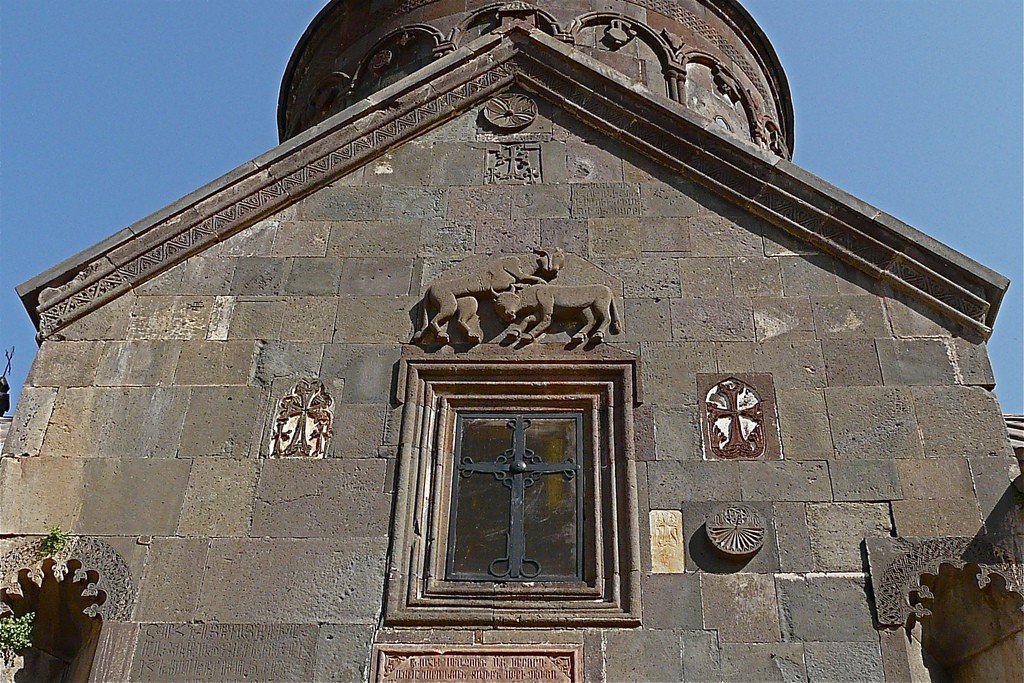
Title
The fuller name is Gegardavank, literally “Monastery of the Spear”. The name of the monastery complex comes from the spear of Longinus, which was used to pierce the body of Jesus Christ on the Cross, and is said to have been brought to Armenia by Apostle Thaddeus among many other relics. The spear is now on display in the Echmiadzin Museum.
.Road to the monastery
From the village of Garni you should climb up the gorge of the Karmirget River, about 8 kilometers above the fortress. This is the most picturesque, but also the most difficult way, with several ford crossings over the shallow but fast river.
>The asphalted highway leading from the village of Garni is more pedestrian-friendly. It gradually rises along the western slope of the ridge and, having made a few sharp turns, at the sixth kilometer reaches a relatively flat area. From here a new asphalted road branches off to the right to Geghard, descending on a slope into the gorge. Having made 2-3 zigzags, it leads to a steep precipice above the gorge, at the bottom of which the Karmirget flows. After passing a stony passage forming a natural gate, the road descends steeply to the river. This is the Geghard gorge.
.The monastery is located on the slope of an almost closed amphitheater of steep cliffs, crashing into the blue sky, surrounded by a harsh and majestic nature. The way to it is indicated by the figure of a lioness on a high pedestal at a steep bend in the road that suddenly opens up a view of the monastery.
.History
The monastery was founded back in the 4th century on the site of a sacred spring of key water. The abode was called Ayrivank, meaning “cave monastery”. The modern name dates back to the XIII century, when the legendary spear was moved here.
>
In addition to church buildings, the monastery had educational centers, a library, well-appointed residential and economic buildings. Hayrivank was badly damaged in 923 by Nasr, the viceroy of the Arab Caliph in Armenia, who looted valuable property, including unique manuscripts, and burned down the beautiful buildings of the monastery. Much damage was caused by earthquakes.
.The existing ensemble dates back to the XII-XIII centuries, the time of the rise of national culture, especially architecture. Under Princes Zakhar and Ivan, the chapel of Gregory the Illuminator, the main church with its narthex and the cave church were erected. In the second half of the XIII century the monastery was acquired by the Princes Proshyan. In a short period of time they built the cave buildings that brought Geghard its deserved fame – a second cave church, a family tomb, a hall for meetings and studies and numerous cells. In one of the cave cells in the XIII century lived a famous Armenian historian – Mkhitar Hayrivanetsi.
.
Located around the perimeter of the monastery courtyard, one- and two-story residential and household buildings have been renovated several times.
.Sights
The main monuments of Geghard occupy the middle of the monastery yard, surrounded on three sides by walls with towers, and on the fourth, western, by a steep cliff, which gives the ensemble a unique originality. Realized within a short period of time, the monuments represent a single architectural and artistic organism, in which the ground structures are compositionally and stylistically united with the premises carved in the rock.
.Chapel of Gregory the Illuminator
The Chapel of Gregory the Illuminator, erected earlier than 1177, is located high above the road, a hundred meters from the entrance to the monastery. It is partly carved into the rock massif; its composition seems to have been largely dictated by the shape of the cave that existed here. Preserved on the vaults, traces of plaster with remnants of frescoes of dark colors indicate that the chapel was painted inside. Inserted in the outer walls and carved, on the adjacent rocks, cross-stones with a variety of ornaments enliven the external appearance of the chapel.
.Main temple
Built in 1215, the main temple by its plan-volume composition belongs to the type common in X-XIV centuries in Armenia – outside rectangular in plan, inside cross-domed structure. The architectural forms of the building are proportional, harmonious.
The sculptural decoration of the temple is interesting. Decorative elements are successfully combined with three-dimensional images of animals. Quite realistically executed sculptural group of the southern facade – a lion attacking a bull, – a symbol of princely power.
.
To the west of the main temple there is a vestibule adjoining the rock, erected in 1215-25.
.Cave churches
The architectural forms and ornamental decoration of Geghard’s rocky rooms testify to the skill of Armenian builders not only to erect from stone, but also to carve highly artistic works of art in the rock massif.
.Located on the north-west of the narthex, the first cave church Avazan (pool), was carved by architect Galdzag on the site of an ancient cave with a spring in the 40s of the XIII century. The tomb of Proshyanov and the second cave church of St. Virgin Mary, located to the east of Avazan, carved in 1283.
.
The weak lighting determined the strong profiling of the reliefs decorating the walls. Of interest is a somewhat primitive high relief on the north wall, above the arched openings. In the center is the head of a bull holding a chain in its mouth, which covers the necks of two lions with their heads turned to the viewer. Instead of tassels of tails, there are heads of dragons looking upwards, the symbolic images of which date back to pagan times. Between the lions, below the chain – an eagle with half-opened wings and a lamb in the claws – the family coat of arms of the Princes Proshyan.
.
The reliefs of the eastern wall are no less picturesque. The entrances to the small chapel and church Astvatsatsin have rectangular frames united by two relief crosses. On the portals of the chapel are carved, very common in ornamentation and book miniatures of the XIII century, images of a syrinx – a fantastic bird with a woman’s head in a crown, and in the church – human figures with arms bent at the elbows, in long robes and with a halo around the head. It is not excluded, that these figures belong to members of princely surname connected with construction of these premises.
.
The tomb of the son of prince Prosh – Papak and his wife – Ruzukan, is carved in 1288 in the second tier, north of the tomb of princes Proshyanov. You can get into it by a steep external staircase and a narrow corridor in the rock, on the southern side of which are carved numerous crosses.
.
In the rock massifs surrounding the main cave structures and limiting the western side of the monastery territory, at different levels, carved more than twenty rooms of different shapes and sizes. Those in the western part of the complex are for household needs. The eastern rooms are small rectangular chapels.
Tourists
Geghard is one of the most frequently visited places in Armenia by tourists.
Most people who come to Geghard also choose to visit the nearby temple of Garni, located downstream of the Azat River. Visiting both places is such a common occurrence that the tour is briefly called “Garni-Geghard.”